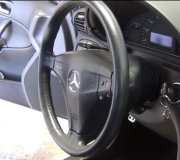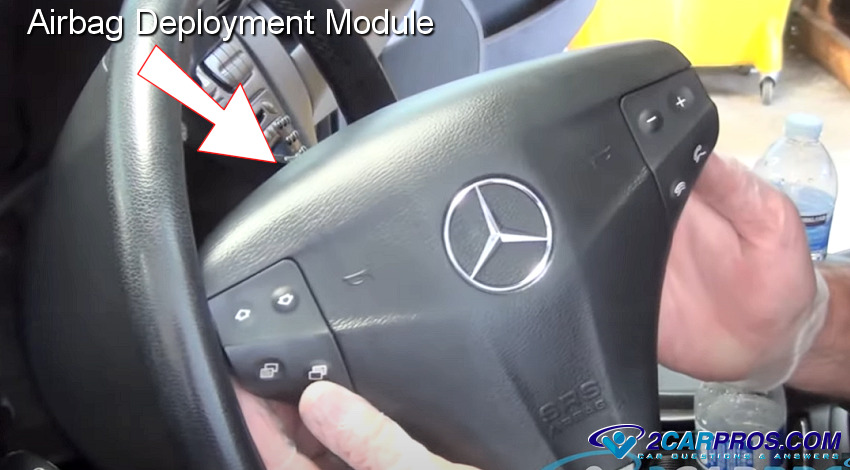So I went to Sears today and had gotten an alignment here is what the print out stated.
Front:Left
(in degrees unless otherwise specified)
Actual Before Specified Range
-1.2 -1.2 -1.8 to -0.3 Camber
2.6 2.6 2.3 to 3.6 Caster
0.06in -0.11in 0.00 to 0.10in Toe
13.3 13.3 SAI
12.1 12.1 included Angle
Front:Right
(in degrees unless otherwise specified)
Actual Before Specified Range
-1.1 -1.1 -1.8 to -0.3 Camber
3.4 3.4 2.3 to 3.6 Caster
0.07in -0.24in 0.00 to 0.10in Toe
14.3 14.4 SAI
13.3 13.3 included Angle
Front
(in degrees unless otherwise specified)
Actual Before Specified Range
-0.1 -0.1 -0.8 to -0.8 Cross Camber
-0.8 -0.8 -0.8 to -0.8 Cross Caster
-1.1 -1.1 Cross SAI
0.13in 0.13in 0.00in to 0.20 Total Toe
Rear:Left
(in degrees unless otherwise specified)
Actual Before Specified Range
-0.4 -0.4 -1.6 to -0.1 Camber
-0.01in -0.01in -0.01 to 0.14in Toe
Rear:Right
(in degrees unless otherwise specified)
Actual Before Specified Range
-0.7 -0.7 -1.6 to -0.1 Camber
0.06in 0.06in -0.01 to 0.14in Toe
Rear
(in degrees unless otherwise specified)
Actual Before Specified Range
0.3 0.3 Cross Camber
0.04in 0.05in -0.03 to 0.28in Total Toe
-0.07 -0.07 -0.30 to 0.30 Thrust Angle
The value under Front, Cross Caster is Actual: -0.08 and Before: -0.8 with a Specified Range of -0.8 to 0.8 Why would this be left at the very minimum and not adjusted? Is this correct? Even the print out has a * next to it which also states: "This value is not within specification. Tire wear, handling and safety problems may result." I called Sears and questions it and the guy said that sometimes it's like that and a lot of cars are like that where the machine doesn't call for an adjustment on that area. I don't know anything about alignments and don't care to, hence why I paid Sears to do it.
But for those who are experts in this area, would the Cross Caster affect the car and cause it to drift to the left? To me I see -0.8 to 0.8 for the range and at -0.8 it's all the way to the left it can go before going out of range. Which makes me think that could cause my car to drift left.
Also is it normal for the steering wheel to feel a little stiffer after an alignment?
Thanks!
Thursday, September 10th, 2015 AT 8:40 PM


